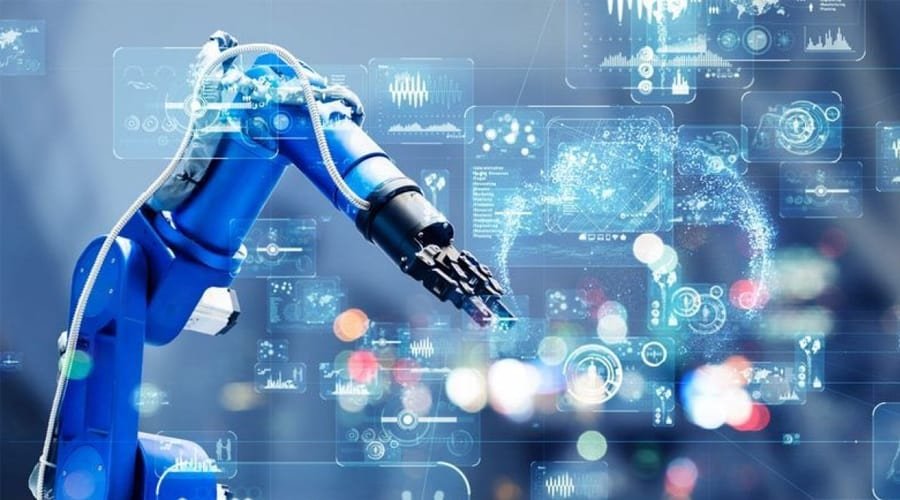Source – https://www.analyticsinsight.net/
Digital transformation has made its way to analytical science.
Analytical science is a broad field impacting industries across the globe. One area where analytical science is seeing a surge is biotherapeutics which demands working with complex molecules that are challenging to analyze. As a solution to address the pressing issues, automation in analytical science is the need of the hour.
Biotherapeutics works with large and complex molecules. While the large surface area of these molecules results in a high rate of interaction with the drug targets, this large size also interferes with characterization techniques. The main characteristics researchers look for in biotherapeutics are protein glycosylation analysis, protein aggregation analysis, host cell protein analysis, and biomolecular interaction analysis. Researchers use an array of techniques like hydrophilic interaction liquid chromatography, two-dimensional liquid chromatography, bio-layer interferometry, and mass spectrometry techniques. This where automation is critical. Through these techniques, the knowledge of product consistency, safety, and efficacy are communicated throughout the processes. Automation will ensure consistency in data which is the crux of in-depth characterization.
The COVID-19 pandemic has put a spotlight on the need to automate almost every significant industry, including analytical sciences. During the initial phase of the pandemic, laboratories across the world had to maintain a minimum number of people to be productive while following social distancing laws. As laboratory staff has limited time to monitor the processes, automation will reduce the workload.
The thought of automation is not new to this industry. Partially automated systems, that require human intervention, were used for specific applications. That stemmed the requirement for complete automation that could facilitate improvements to the practices like data reproducibility, data tracking, and optimizing human efforts.
Once there’s a unanimous vote on automation, the next big hindrance is to successfully incorporate it into existing workflows. Researches need to strategize the alterations in the current workflow to make space for the new technology. Organizations should also be prepared for budgetary revisions and training programs. While today’s automation is simple and hands-free, some cases might require instrumental knowledge. Hence, automation will become a gradual process in the laboratories.
Owing to technological advancements, laboratory automation also witnessing advanced instruments and software. The recent pandemic only leveraged the adoption of automation and boosted digital transformation. A range of new solutions like Thermo Scientific Vanquish UHPLC Loader and Termo Scientific inSPIRE Collaborative Laboratory Automation Platform, by Thermo Fisher Scientific, are adding sophistication to upstream sample preparation, downstream analysis, and scientific workflows with no human interference.
It’s time for analytical sciences to transform with automation, especially the large workflows related to biotherapeutics. For end-to-end development, automation tools need to be adopted rightly to make the effort worth it. Like any new technology, combining it with a traditional workflow will be challenging and a time-consuming process, but this will enable laboratories to start operating with minimal downtime.
